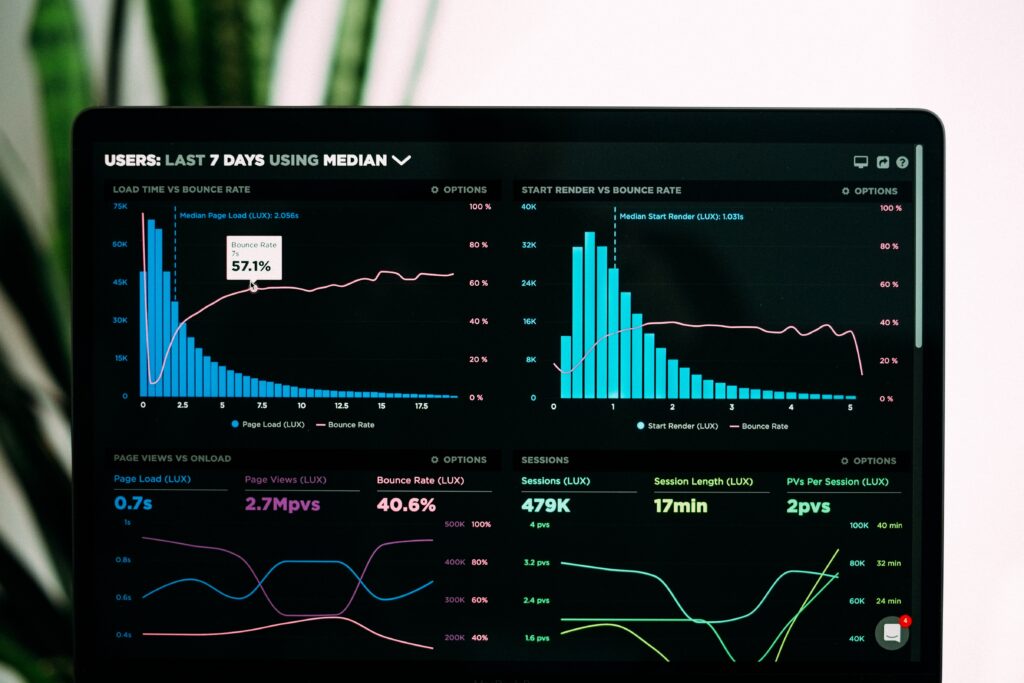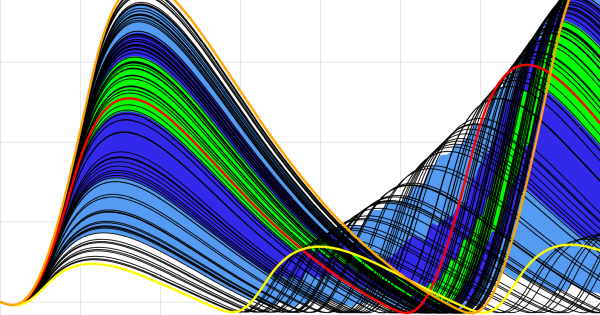Data Science
We use data mining, statistics and machine learning-based methods to develop meaningful and evidence-based solutions to your problems.
Use Cases:
- Predictive analytics
- Social media and web data mining and analysis
- Market research
- Natural language processing
- Network analysis
- Data visualization
No matter what you want to do with your data – predict potential revenue from opening a new business branch, identify key social media influencers in your field, analyze customer reviews for your products, create a recommendation system for your customers, or anything else – we are here to help. We work with tasks of varying degree of complexity to ensure our analysis enables you to achieve what you want.

Data scientists at polyflow rely on cutting-edge solutions implemented in Python, R, and Excel. We work with English, German, Spanish, Russian and French languages.
If you have a problem to solve, describe it in the field below or contact us by phone or email, and we will be happy to help you figure it out.
Business Intelligence
Business intelligence (BI) leverages software and services to transform data into actionable insights that inform an organization’s strategic and tactical business decisions. BI tools access and analyze data sets and present analytical findings in reports, summaries, dashboards, graphs, charts and maps to provide users with detailed intelligence about the state of the business.
The term business intelligence often also refers to a range of tools that provide quick, easy-to-digest access to insights about an organization’s current state, based on available data. Consultants at polyflow use BI tools combined with their knowledge of strategic management to derive efficient decision-making frameworks based on data. The combined knowledge of Data Management and Business Administration is paramount in mastering this task successfully.

Although business intelligence does not tell business users what to do or what will happen if they take a certain course, neither is BI solely about generating reports. Rather, BI offers a way for people to examine data to understand trends and derive insights by streamlining the effort needed to search for, merge and query the data necessary to make sound business decisions.
System Dynamics
System dynamics (SD) is a methodology and mathematical modeling technique to frame, understand and discuss complex issues and problems. Initially developed in the 1950s by Jay W. Forrester at the Massachusetts Institute of Technology to help corporate managers improve their understanding of industrial processes, SD is currently being used throughout the public and private sector for policy analysis and design.
SD models solve the problem of simultaneity (mutual causation) by updating all variables in small time increments with positive and negative feedback and time delays structuring the interactions and control. The best known SD model is probably 1972 The Limits to Growth model.

System dynamics is an aspect of systems theory as a method to understand the dynamic behavior of complex systems. The basis of the method is the recognition that the structure of any system, the many circular, interlocking, sometimes time-delayed relationships among its components, is often just as important in determining its behavior as the individual components themselves. It is also claimed that because there are often properties-of-the-whole which cannot be found among the properties-of-the-elements, in some cases the behavior of the whole cannot be explained in terms of the behavior of the parts.